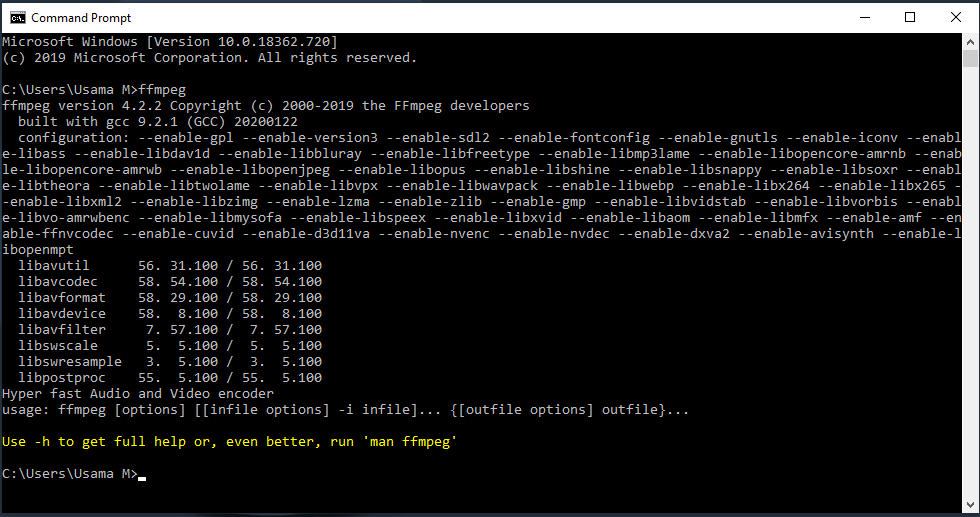

There are a few different concatenation options in FFmpeg, and in our case it is the “concat demuxer” we need, as the “concat protocol” won’t work with mp4 files. So now we have our three parts, we need to join them together. If you’re a C# programmer like me, you’ll just fire up LINQPad and enter a quick expression to calculate the difference between the start and end times: TimeSpan.Parse("1:02:20") - TimeSpan.Parse("0:10:50")Īnd of course the final parameter is the output file. The slightly tricky one is the -t parameter, which is not the end time of the section you want to cut, but the duration. The -i switch introduces the input file name, the -ss switch indicates the start time of the section we want to cut.

Now most of that is probably self-explanatory. And then we stitch them all back together again. First we create three shorter mp4 files containing just the portions we want to keep. In this example, the file we want to edit is called input.mp4.


For convenience you’ll probably want to make sure ffmpeg.exe is on your PATH. I used the static 32 bit Windows version from here. It took me a few goes to find out how this can be done, but eventually I got something working.įirst of all, make sure you have downloaded a build of FFmpeg. I recently needed to cut a few sections out of a pre-existing MP4 file to make it a bit shorter. You can use it to perform all kinds of amazing manipulations on video (and audio) files, if only you can work out the correct command line arguments.


 0 kommentar(er)
0 kommentar(er)
